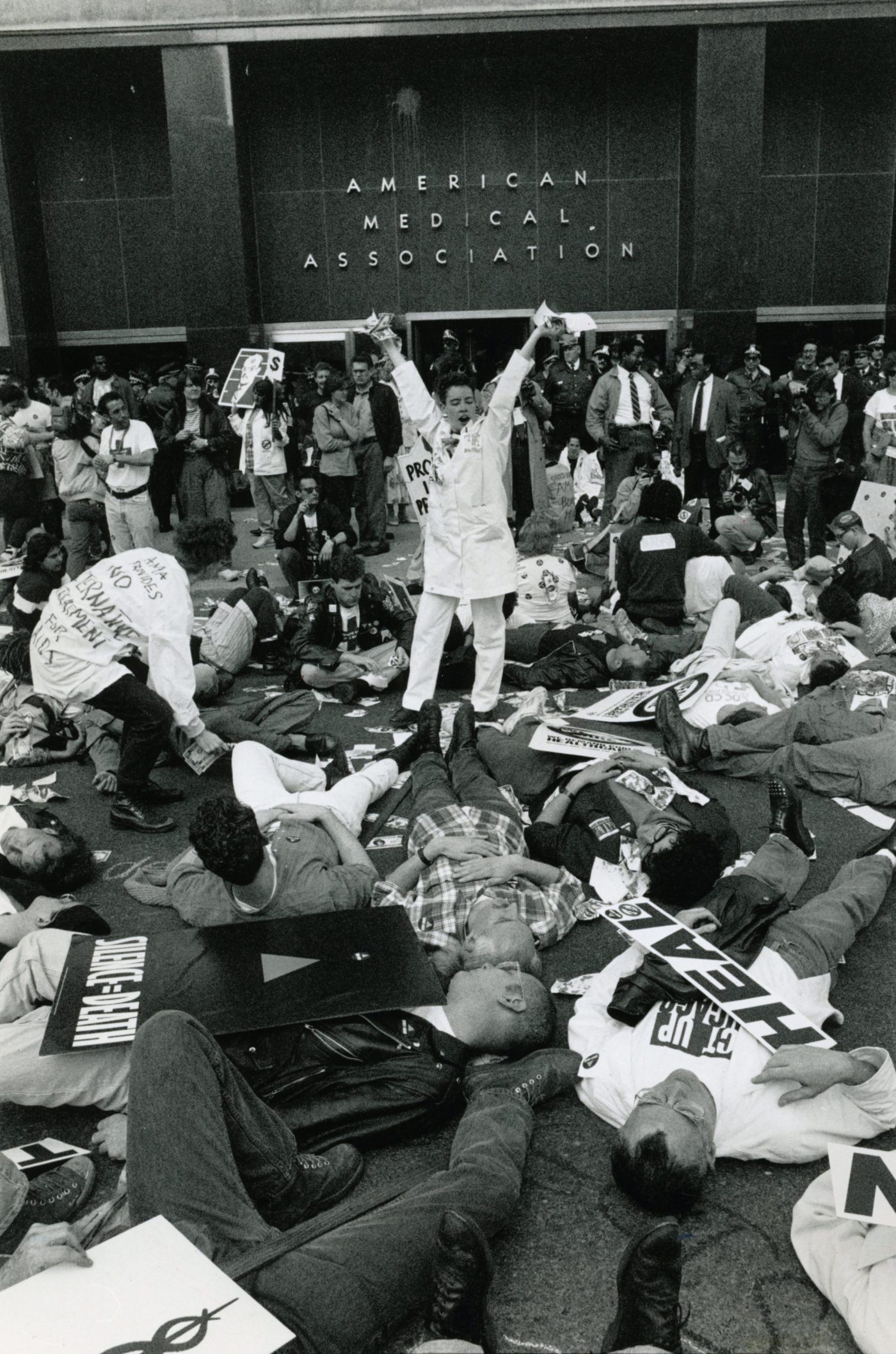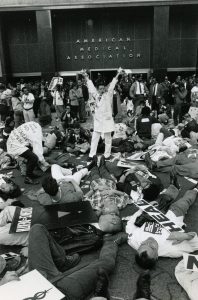
New documentary ‘Outrage’ covers the early days of AIDS and the story of Danny Sotomayor
When he died on Feb. 5, 1992, Danny Sotomayor was only 33 years old, his life stolen by AIDS and his last four years spent in a bold fight against its ravages, the diagnosis of which was then a virtual death sentence.
But he also spent those last years as one of the most powerful and passionate of the early AIDS activists, fighting for research funds, for respect.
His newspaper obituary was only a couple hundred words long so it barely told his story, which makes it important for us to have a fine and forceful “The Outrage of Danny Sotomayor,” part of WTTW’s documentary series “Chicago Stories,” airing at 9 p.m. Friday on WTTW-Ch. 11. (There is also a fine accompanying website, filled with more information and, indeed, enlightenment).
In addition to celebrating one of the great heroes (and, yes, that is the right word) of the AIDS activist movement, it is also a reminder of the fear and uncertainty that shadowed the earliest days of AIDS. It is a valuable history lesson, at once harrowing and heartbreaking.
Sotomayor was born in 1958, the son of a Mexican mother and Puerto Rican father, and grew up in the Humboldt Park neighborhood where his father’s frequent rages made for a violent household. He came out at 14, graduated from Columbia College with a degree in graphic arts, and was starting to make his mark as a political cartoonist and actor.
But all around him, friends were getting sick and dying and in 1988 he was diagnosed with AIDS. As the film shows, he quickly became one of the founders of the Chicago chapter of ACT UP, the AIDS Coalition to Unleash Power, which advocated using direct action and civil disobedience to fight AIDS and discrimination, all against the background sound of an “Act up, fight back, fight AIDS!” chant.
In his cartoons, which were soon syndicated in publications across the country, he went after local and national political figures. But the focus of most of his anger was Mayor Richard M. Daley. He would attend the mayor’s press conferences, where he became a familiar foil. When Daley in 1989 announced at a press conference a “new” AIDS public awareness campaign, Sotomayor shouted “garbage.”
Sotomayor was direct. His theatrical and artistic creativity and flair, and inherent good looks and charisma made him a focus for TV news cameras, especially when he had a microphone in his hands. One of the film’s most dramatic segments shows a public protest, during which Sotomayor and a few others unfurled a massive banner that read “WE DEMAND EQUAL HEALTHCARE NOW” from windows in the Chicago Cook County building.
The film is a thoughtful trip back in time that shows how Sotomayor’s life would echo into the future. It makes great use of its interview subjects, such as Sotomayor’s older brother David, longtime activist Rich Garcia and journalist Tracy Baim. Sotomayor is seen and heard in newly unearthed interviews.
There is also Dr. Ross Slotten, who was on the front lines of the AIDS battle, detailed in his 2020 book, “Plague Years: A Doctor’s Journey Through the AIDS Crisis” (University of Chicago Press), which I called “remarkable.”
Slotten also told me, “Over the years death has increasingly obsessed me, and increasingly as I grow older and continue the purposelessness of life. We come, make our brief mark on the world, and vanish — that’s a cliche but a simple truth.”
Sotomayor made his mark and you will understand why and how from this film. I met Sotomayor a few times, mostly at public events but also over dinner, where I also met the love of his life. That was Scott McPherson, the acclaimed playwright, known best for “Marvin’s Room.”
When Sotomayor died, McPherson said, “I have known a lot of people with this disease. I have never seen anyone fight it so hard. He fought it not only for himself, but also for everybody. He was one of the funniest, most motivated, clear-thinking, compassionate people I have ever known.”
I remind you that 1992 was the year Sotomayor died and the year that Slotten had the chilling distinction of signing more death certificates than any other doctor in the state. It was also the year McPherson died. Such was the horror of the times.
rkogan@chicagotribune.com


